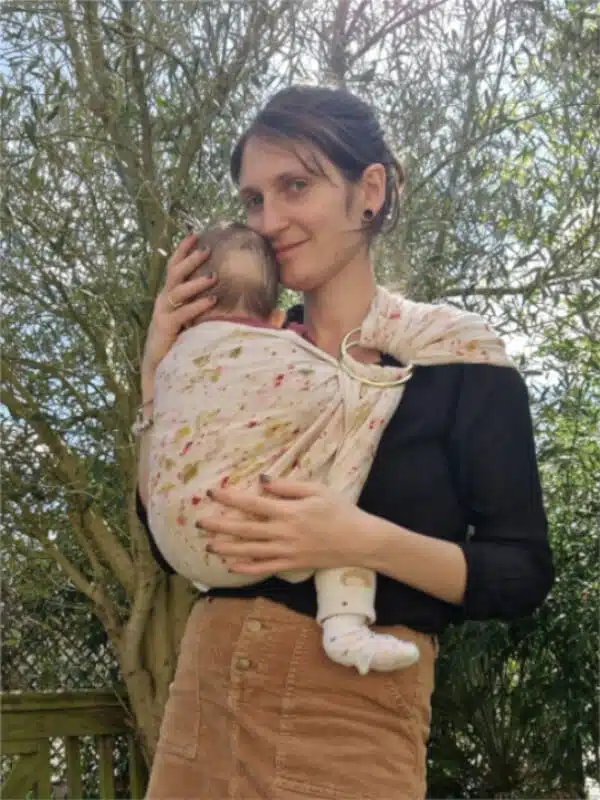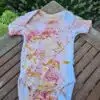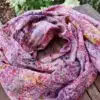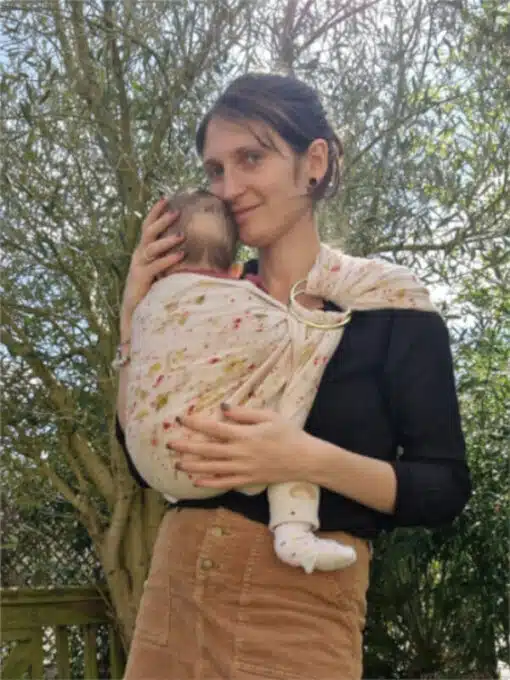Babywearing News, Nachteile des tragens, Stillen im Ring Sling und Baby Tragetuch, Summer
Why baby slings are often a better choice than conventional baby carriers
Do you dream of keeping your baby close while still having your hands free? Then you’re probably facing the decision: baby wrap or baby carrier? While structured carriers with buckles and clips might seem easier at first glance, wraps offer numerous advantages that often make them the better choice in many situations. Let’s explore together why a simple piece of fabric can be the smarter option for you and your baby.
Table of ContentThe Ergonomics: The Key to Healthy Babywearing
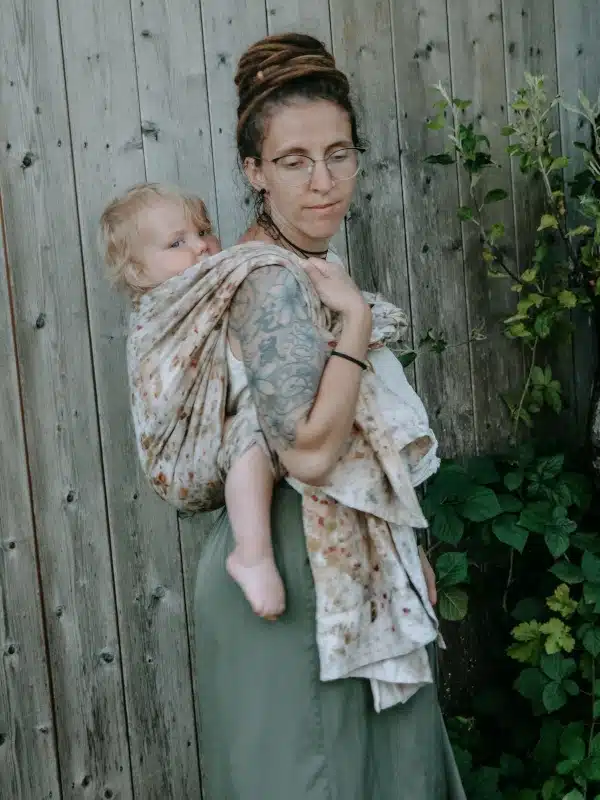
Physiological Positioning of the Baby
One of the most important considerations when babywearing is the correct positioning of your child. In a well-tied wrap, your baby naturally adopts what’s known as the M-position or spread-squat posture: knees higher than the bottom, legs bent and spread, back rounded. This position isn’t just comfortable—it actively supports healthy hip development.
Conventional carriers, especially older models or those with narrow bases, often can’t ensure this ideal posture. In those, the baby might hang with straight legs and a flat back—a position that can negatively affect hip development over time.
Support for the Wearer
A properly tied wrap distributes your baby’s weight evenly across your shoulders, back, and hips. This means: fewer pressure points, less tension, and less back pain for you.
Since you tie the wrap yourself, you can tailor it precisely to your body—whether you’re tall or short, slim or curvy. The fabric adjusts down to the last millimeter to meet your needs.
In contrast, structured carriers with buckles and padding often come in set sizes with limited adjustability, which may not suit every body type. This can lead to uncomfortable pressure points on shoulders or hips, especially during extended wear.
Flexibility and Versatility: One Wrap, Many Possibilities
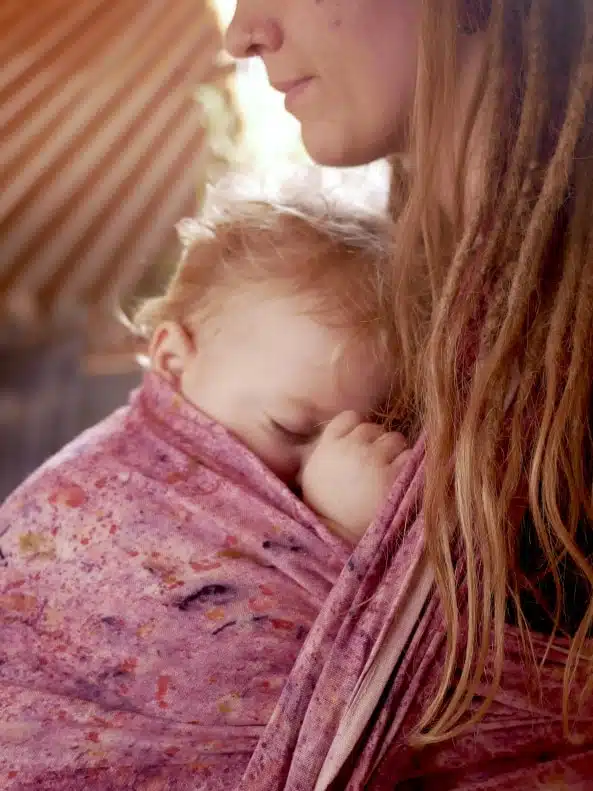
Adapts to Every Age
A single wrap can accompany your child from day one through toddlerhood. Since you tie it anew each time, you can continuously adjust it to your baby’s growing size and weight.
In contrast, many structured carriers are designed for specific age or weight ranges. That often means you’ll need several carriers to cover the full babywearing period—one for newborns, another for older babies, and yet another for toddlers.
Variety of Carrying Positions
The versatility of a wrap is truly impressive. Depending on your needs and situation, you can choose from different carrying styles:
Front carry: Ideal for newborns and small babies
Hip carry: Great when your baby is a bit older and wants to see more
Back carry: Perfect for longer carrying sessions and bigger kids
You can even adapt your tying style to your baby’s mood: tighter with more head support when they’re sleepy, looser and freer when they’re active and curious.
Perfect for Daily Life and Travel
Wraps are super practical for everyday use. For instance, they offer a discreet way to breastfeed—just loosen slightly and adjust the baby’s position.
They’re also compact. A folded wrap easily fits in any diaper bag—or even in a large handbag. Structured carriers, on the other hand, take up more space and are harder to pack away.
Security and Bonding: More than Just Transport
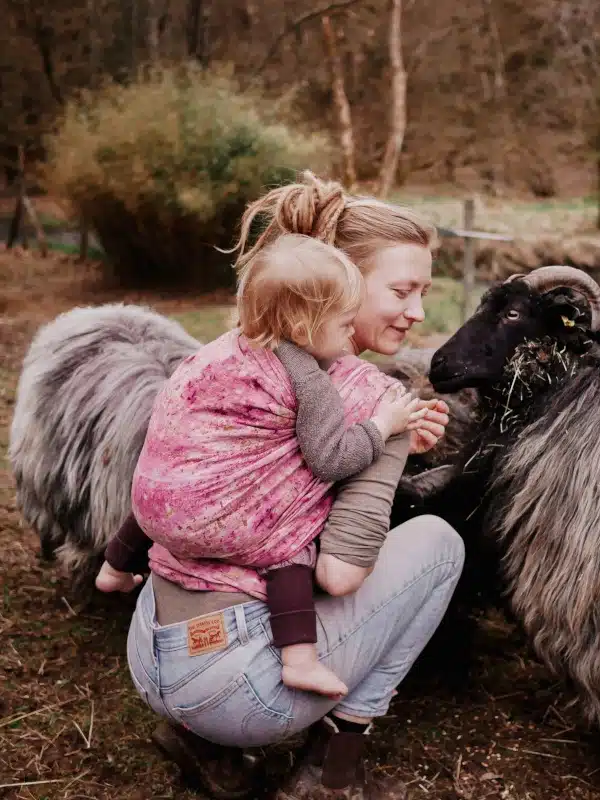
Skin-to-Skin Contact
A wrap allows for deep physical closeness between you and your baby. This intimacy boosts the release of oxytocin—the “bonding hormone”—in both of you, strengthening your sense of connection and trust.
The soft, snug fabric creates a cocoon-like space that mimics the womb. This sense of security can calm your baby and help them feel safe and protected.
Sensory Integration
Being wrapped close to your body exposes your baby to vital sensory input: your heartbeat, your breathing, your movements. These familiar sensations, known from their time in the womb, provide comfort and support neurological development.
The gentle motion while being carried also stimulates your baby’s balance system—an essential foundation for healthy brain development.
Cost and Sustainability Aspects
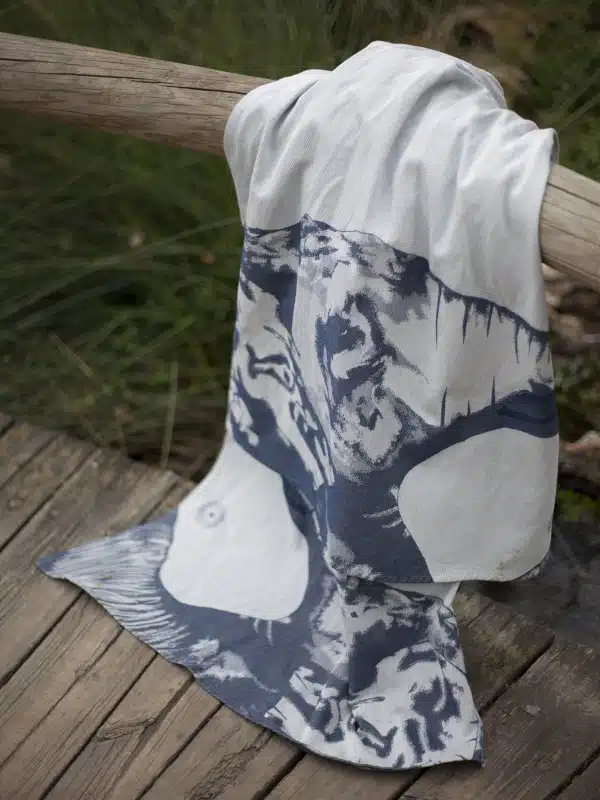
A Long-Term Investment
A high-quality wrap might seem pricey at first, but over time, it’s often the more economical option. Since one single wrap can cover the entire babywearing period, you won’t need to buy several age-specific carriers.
Wraps are also extremely durable. With proper care, a quality wrap can be used for multiple children—or even passed on within the family.
Eco-Friendly Choice
From an ecological perspective, wraps also stand out. They’re usually made from natural materials like organic cotton, hemp, or linen and contain far fewer plastic components than conventional carriers with buckles, padding, and reinforcements.
Plus, wraps have excellent resale value. When your babywearing days are over, you can sell or gift your wrap—another nod to sustainability.
Common Concerns and How to Address Them
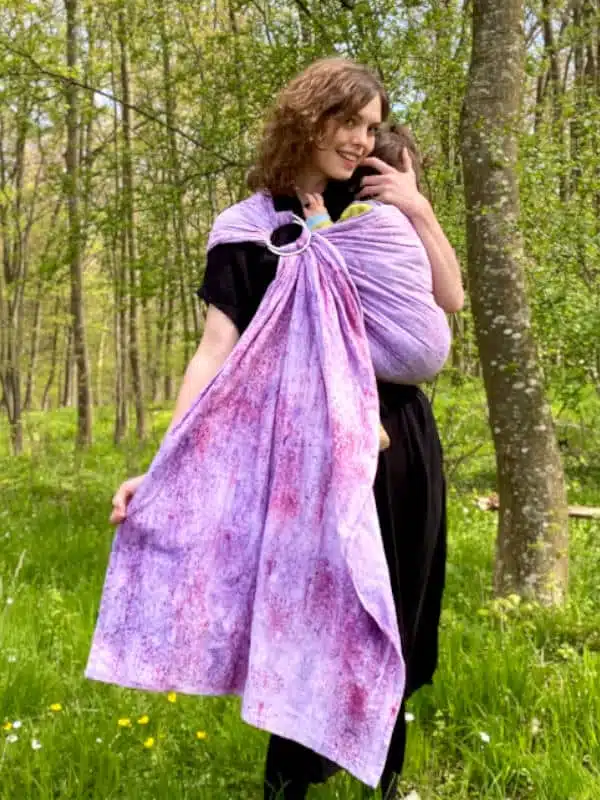
“Wraps are hard to tie”
Yes, the first few attempts can be tricky. But like many new skills, practice makes perfect! With a bit of patience—and maybe a tutorial or a babywearing class—you’ll get the hang of it. Once you’ve mastered the basics, tying becomes second nature and only takes a few minutes.
“Wraps are too warm”
This impression often comes from thinking of thick woven wraps. But actually, wraps come in a variety of materials for every season: breezy linen for summer, cozy wool blends for winter. With the right choice of fabric, babywearing is comfortable year-round.
A Piece of Fabric with a Big Impact
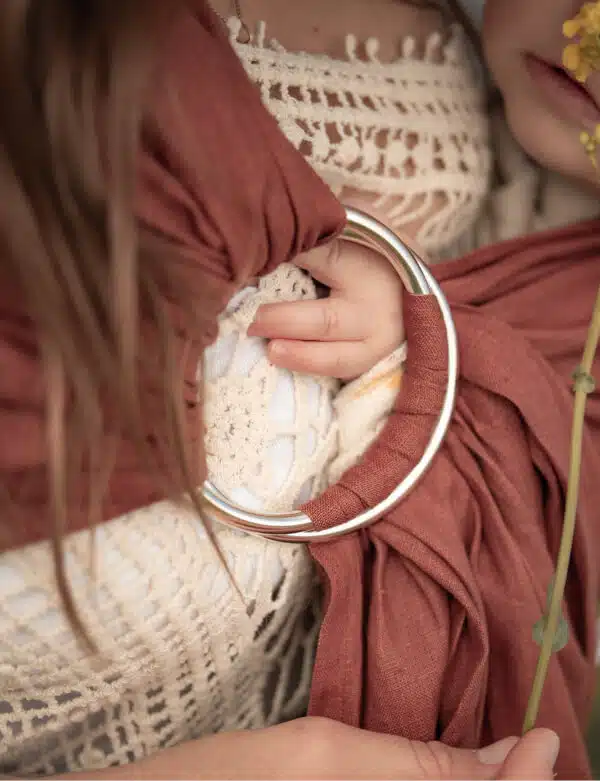
Baby wraps offer a unique combination of ergonomic support, flexibility, and emotional benefits. They adapt perfectly to the needs of both baby and wearer, promote healthy physical and emotional development, and are both sustainable and cost-efficient in the long run.
Of course, modern ergonomic carriers also have their place—especially for parents seeking a quick and easy solution. But if you want a carrier that truly grows with your child, offers maximum comfort, and deepens your connection, a wrap is often the better choice.
Have you already tried baby wraps? Or do you still have questions about tying techniques? Share your thoughts in the comments—we’d love to hear from you!
